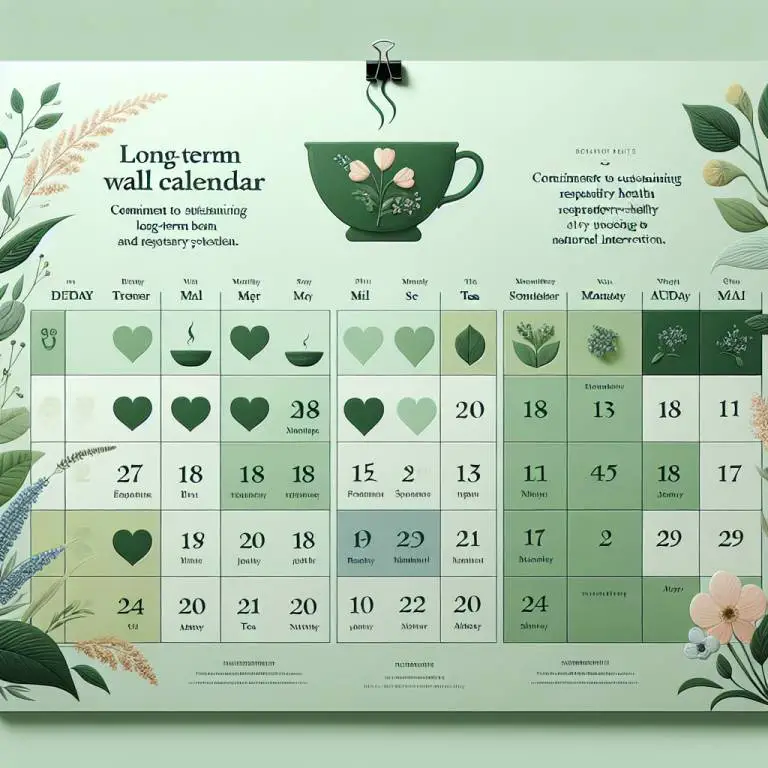How to apply essential oils for asthma control
To apply essential oils for asthma control, start by diluting a few drops of the oil with a carrier oil like coconut or almond oil to prevent skin irritation. Then, rub the mixture onto your chest and back to help ease breathing. Always do a patch test first to ensure you don’t have an allergic reaction, and never ingest essential oils or use them in place of prescribed asthma treatments without consulting your doctor.

What Are the Best Essential Oils for Asthma Control?
When it comes to managing asthma, some essential oils have been found to be quite helpful. Peppermint and eucalyptus oils are among the top choices because they can help open up the airways, making breathing easier. These oils contain compounds that have a cooling effect on the airways, reducing the sensation of tightness in the chest.
Lavender oil is another great option for asthma control. It’s known for its calming properties, which can be particularly beneficial during an asthma attack when anxiety levels might rise. By promoting relaxation, lavender oil can help reduce the severity of asthma symptoms. However, it’s important to remember that what works well for one person may not work for another, so experimentation with different oils under professional guidance is advised.
Which Application Methods Are Most Effective for Asthma Relief?
The method of applying essential oils can significantly affect their effectiveness in providing asthma relief. Inhalation is one of the most effective methods because it delivers the benefits of essential oils directly to the respiratory system. This can be done using a diffuser or by simply inhaling steam with a few drops of essential oil added.
Discover natural ways to improve lung health with essential oils. Learn the best ones for respiratory support and safe usage tips!
Another method is topical application, where essential oils are diluted with a carrier oil and then applied to the skin. For asthma relief, massaging the mixture onto the chest and back can help ease breathing difficulties. It’s crucial to always dilute essential oils before topical use to avoid skin irritation and other adverse reactions.
What Safety Precautions Should Be Taken When Using Essential Oils for Asthma?
While essential oils can offer benefits for asthma control, they must be used cautiously due to potential risks. One key precaution is to always perform a patch test before using an oil topically to ensure there’s no allergic reaction. Additionally, people with asthma should start with a very low dose since strong scents can sometimes trigger an asthma attack.
It’s also important to consult with a healthcare provider before incorporating essential oils into your asthma management plan, especially if you’re pregnant or breastfeeding. This step ensures that your use of essential oils does not interfere with any existing treatments or conditions. Remember, safety first!
Can Essential Oils Be Used Alongside Traditional Asthma Treatments?
Yes, essential oils can often be used in conjunction with traditional asthma treatments; however, it’s critical to coordinate this approach carefully. Always discuss your interest in using essential oils with your doctor or a qualified healthcare professional who understands both conventional and alternative medicine approaches.
This collaborative approach ensures that your use of essential oils complements your prescribed treatment plan without causing any adverse interactions or side effects. With proper guidance and monitoring, combining traditional treatments with aromatherapy could enhance overall asthma management effectiveness.
Add a few drops mixed with a mild unscented bath gel or carrier oil into warm bathwater. Avoid hot baths if you have asthma as it might worsen symptoms. Ensure the room is well-ventilated.
| Method | Essential Oil | Application | Safety Tips |
|---|---|---|---|
| Inhalation | Eucalyptus, Peppermint | Diffuse in the air using a diffuser or inhale directly from the bottle. | Avoid direct inhalation from the bottle for long periods. Start with short sessions (1-2 minutes). |
| Topical Application | Lavender, Chamomile | Dilute with a carrier oil (like coconut or jojoba oil) and apply to chest or back. | Perform a patch test on a small area of skin first to check for allergic reactions. Never apply undiluted essential oils directly to the skin. |
| Steam Inhalation | Rosemary, Tea Tree | Add a few drops to hot water in a bowl, cover your head with a towel, and inhale the steam. | Keep your eyes closed to avoid irritation. Limit each session to 5-10 minutes. |
| Bath | Bergamot, Frankincense | Add a few drops mixed with a mild unscented bath gel or carrier oil into warm bathwater. | Avoid hot baths if you have asthma as it might worsen symptoms. Ensure the room is well-ventilated. |
| Safety Precaution | Consult with a healthcare provider before starting any new treatment, especially if you are pregnant, nursing, or have existing health conditions. Essential oils are not a substitute for prescribed asthma medications. | ||
How Often Should Essential Oils Be Applied for Asthma Management?
Using essential oils for asthma management should be done with care. It’s important not to overdo it. A good rule of thumb is to use them a few times a day, depending on your needs and the severity of your symptoms. However, always start slowly to see how your body reacts.
For some people, using essential oils in a diffuser at night can help improve their sleep quality and reduce nighttime asthma symptoms. Others might find it beneficial to apply diluted essential oils directly to their chest or back a couple of times during the day. Remember, consistency is key, but so is listening to your body’s response.
Are There Any Specific Blends of Essential Oils That Are More Effective for Asthma?
Certain blends of essential oils may be more effective for managing asthma symptoms than others. For example, a combination of peppermint, eucalyptus, and lavender oil can help open up the airways and provide a soothing effect. This blend can be used in a diffuser or applied topically after proper dilution.
Another helpful blend includes frankincense, ginger, and lemon oils. This mix is known for its anti-inflammatory properties and ability to boost immunity. Using these blends as part of your daily routine could potentially enhance your overall respiratory health and help manage asthma symptoms more effectively.
What Are the Potential Side Effects of Using Essential Oils for Asthma?
While essential oils can offer benefits for asthma management, they also come with potential side effects. Some individuals might experience allergic reactions or skin irritation when applying oils topically. It’s crucial to always dilute essential oils with a carrier oil before skin application to minimize this risk.
Inhalation of certain oils might also trigger respiratory issues in some people with asthma. If you notice any worsening of symptoms or discomfort while using essential oils, it’s best to stop immediately and consult with a healthcare provider. Always prioritize safety when incorporating new treatments into your asthma management plan.
Final Thoughts
Incorporating essential oils into your asthma management strategy could offer additional relief and improve your quality of life. However, it’s vital to approach this method carefully and thoughtfully. Start with small amounts, pay attention to how your body responds, and adjust accordingly.
Remember that while essential oils can complement traditional asthma treatments, they should not replace them unless advised by a healthcare professional. With the right approach and precautions, essential oils can be a valuable tool in managing asthma symptoms effectively.







